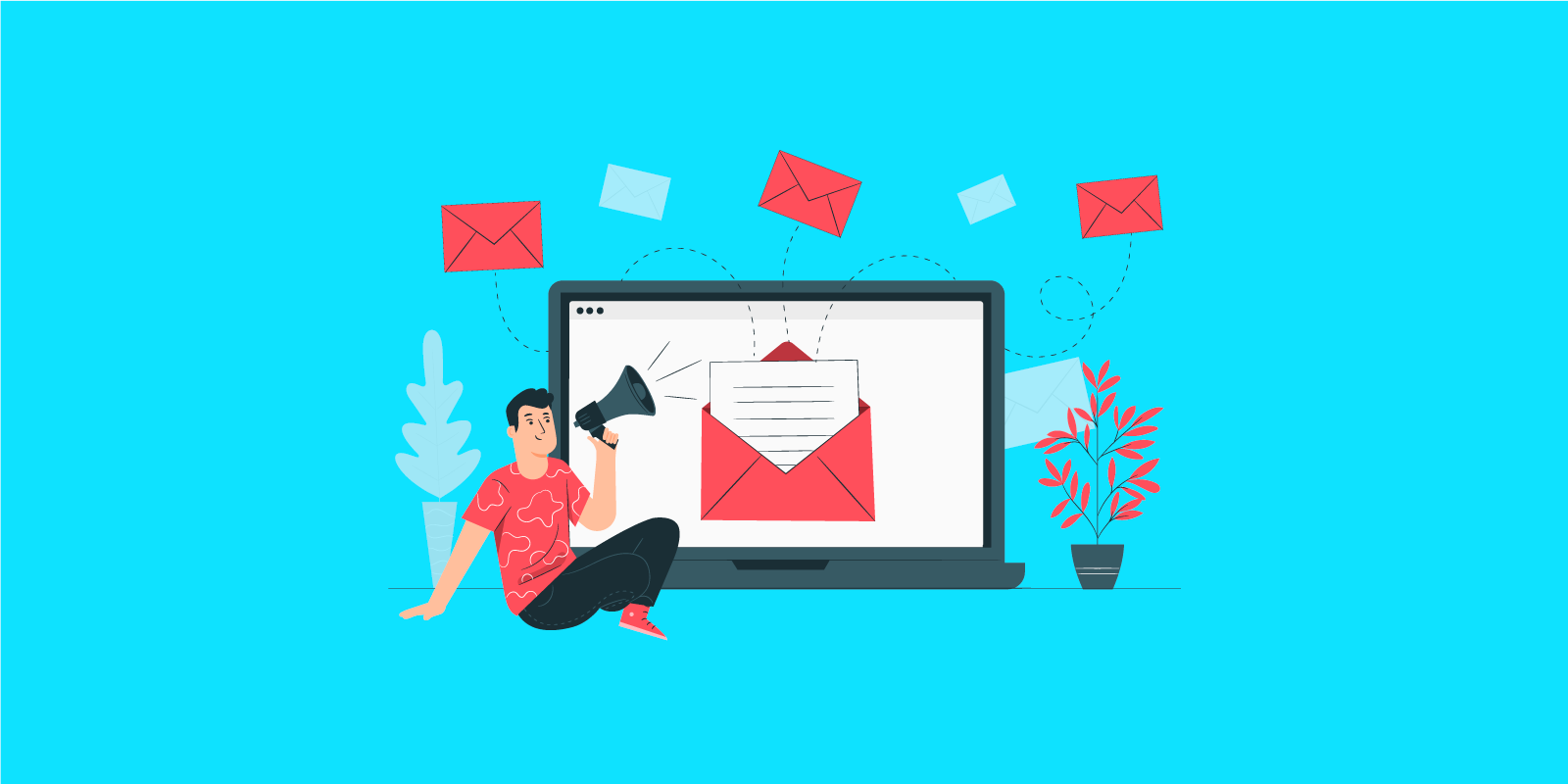
PR Email Templates: Examples For Successful Brand Pitches
Public Relations (PR) emails are a cornerstone of effective communication for brands, influencers, and media professionals. Whether you’re reaching out

PR Email Templates: Examples For Successful Brand Pitches
Public Relations (PR) emails are a cornerstone of effective communication for brands, influencers, and media professionals. Whether you’re reaching out
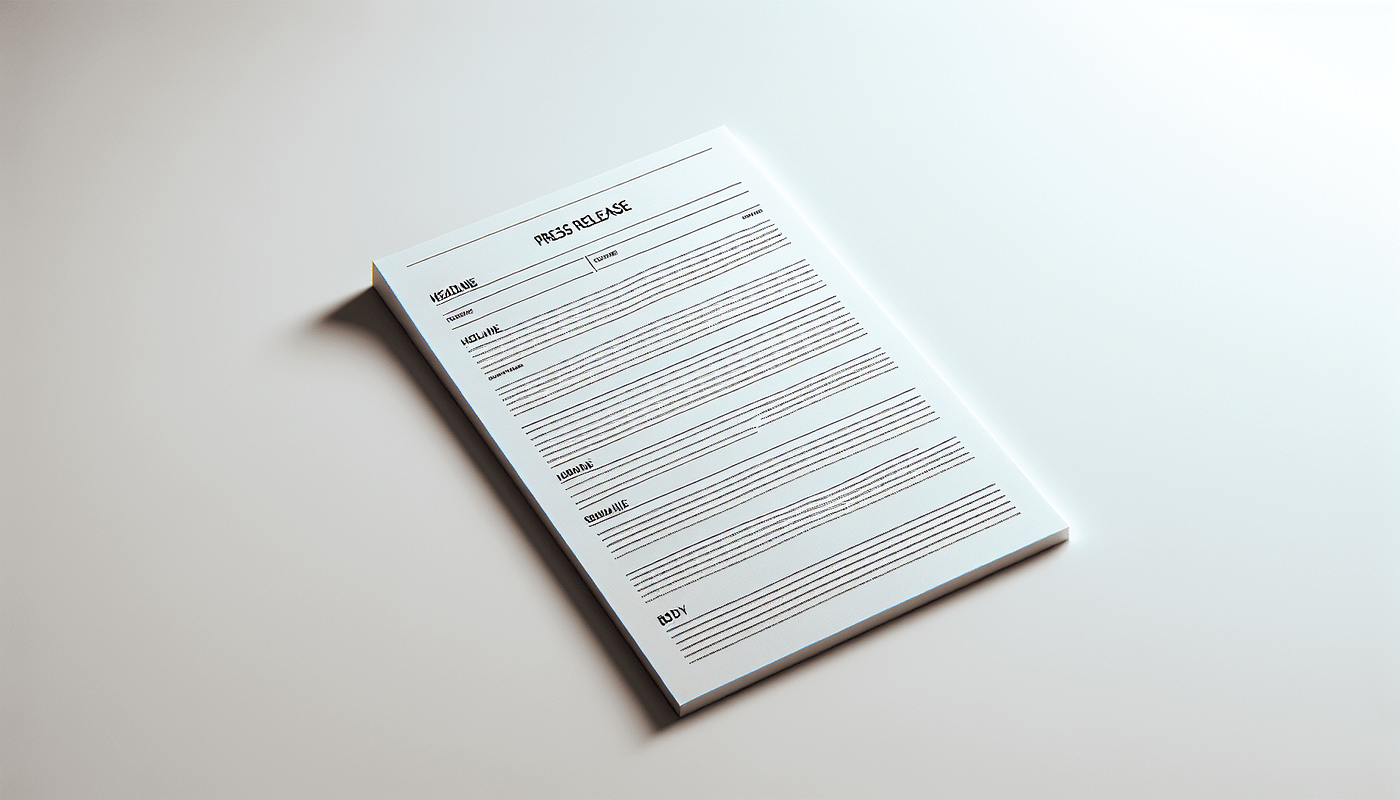
Structure of a Press Release: With Tips & Examples
In today’s fast-paced digital world, a press release is an essential tool for businesses looking to communicate important news to
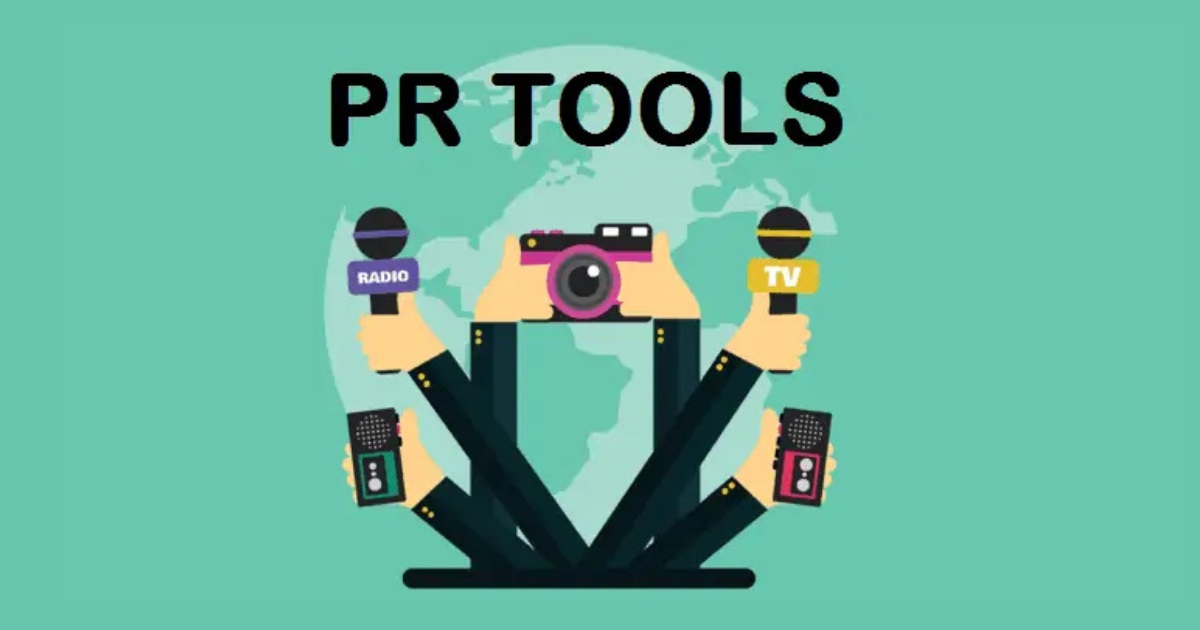
Top PR Tools in 2025: Essentials For Maximum Attention (Guide)
In the rapidly evolving landscape of public relations (PR), using the right tools is important for success. As we approach
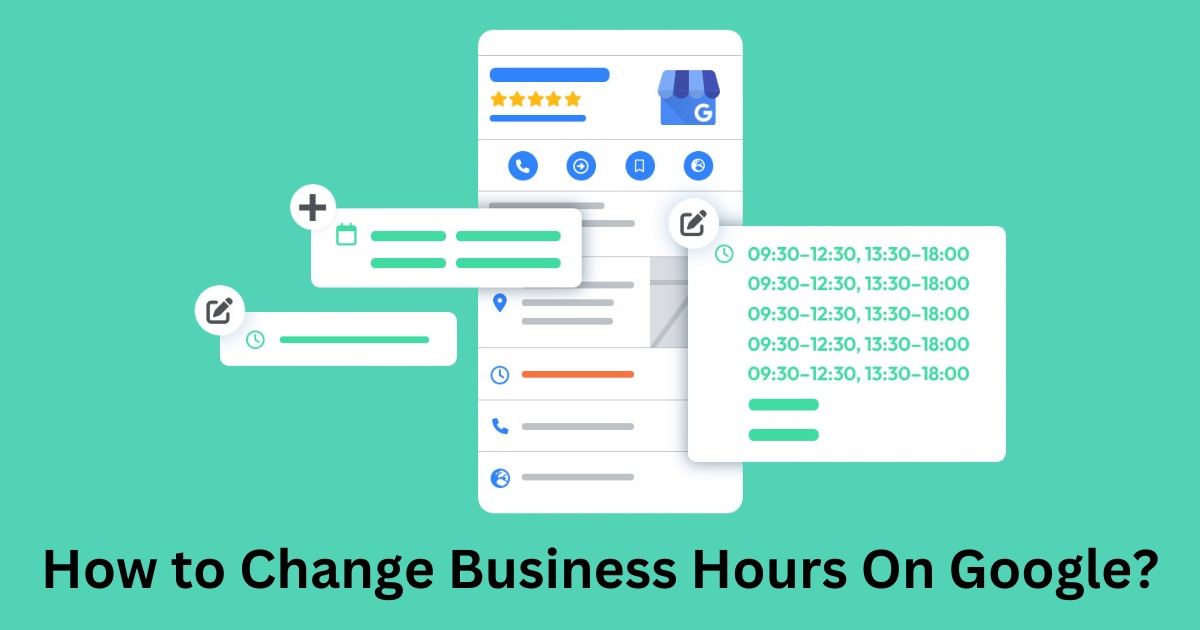
How to Change Business Hours On Google? A Step-By-Step Guide
Keeping your business hours updated on Google is essential for maintaining a strong online presence and ensuring customers can find
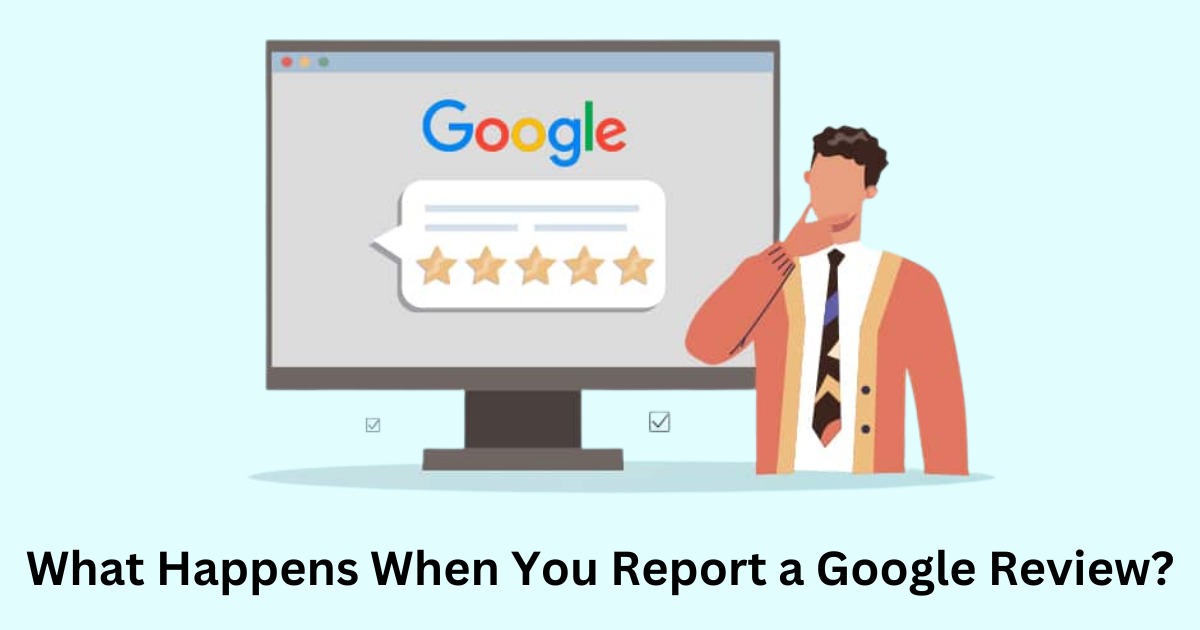
What Happens When You Report a Google Review? Tackle Bad Reviews
Maintaining a strong online presence is vital for any business, and managing customer reviews plays a big role in shaping

Understanding Emerging Trends in SaaS Marketing Strategies
Software-as-a-Service (SaaS) delivers software solutions through the cloud, making them accessible anywhere with an internet connection. From project management tools
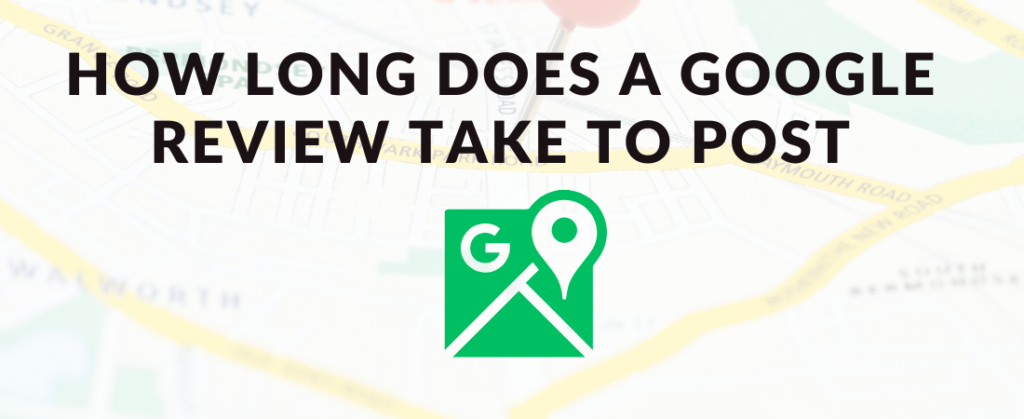
How Long Do Google Reviews Take To Post: Reasons & Fixes (Guide)
Google reviews play a significant role in shaping a business’s reputation and online presence. Whether you’re a small business owner
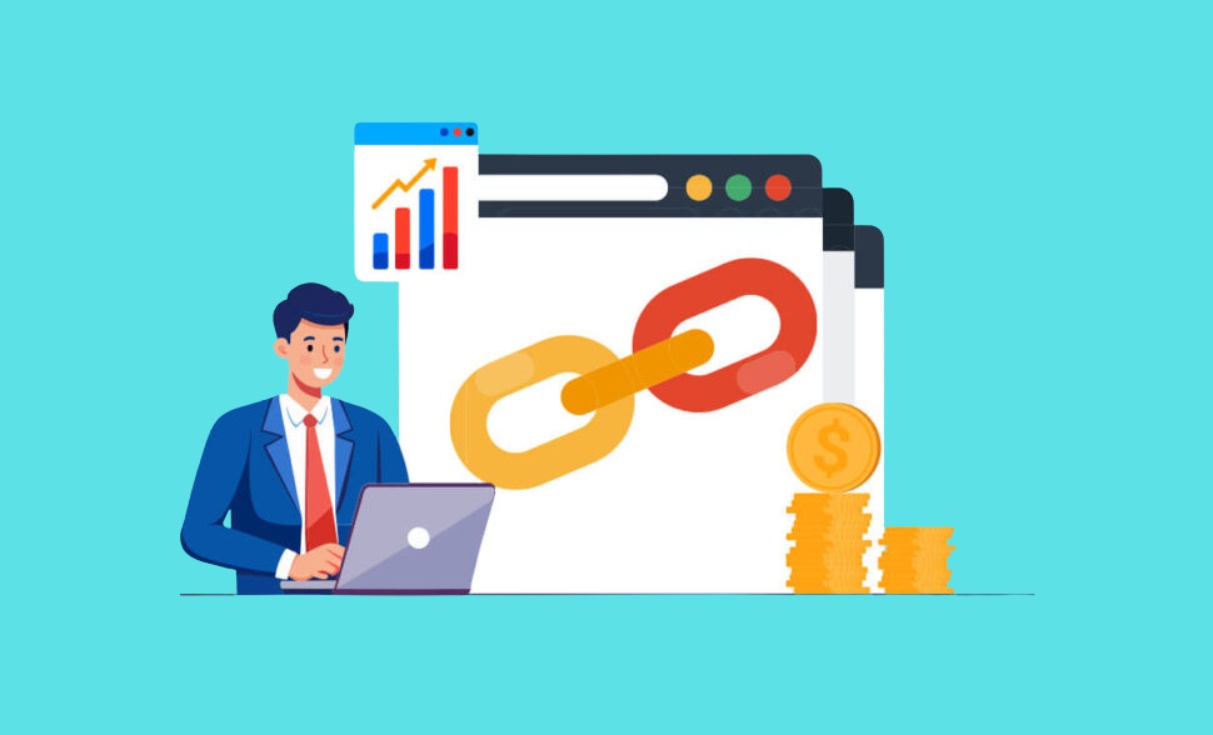
How to Build Google My Business Backlinks For Local SEO Success?
In the competitive world of local SEO, building high-quality backlinks to your Google My Business (GMB) profile is a powerful
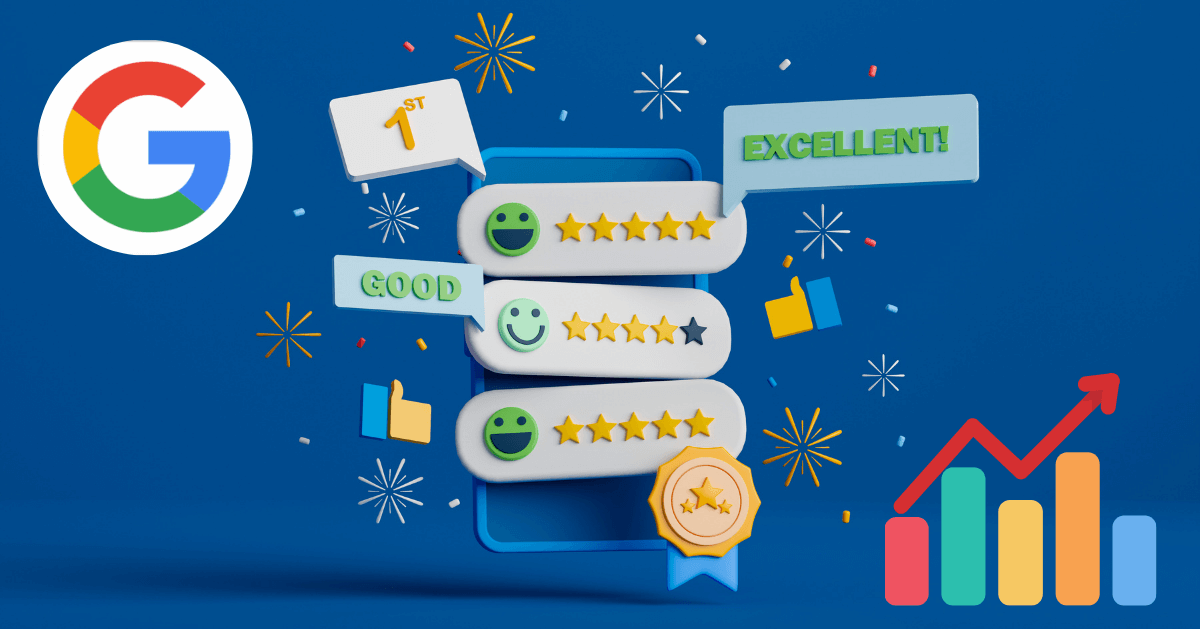
19+ Replies & Google Reviews Response Examples For Good & Bad Times
Google reviews play an important role in shaping your business’s online reputation and influencing potential customers. Responding to these reviews

How Data Sprawl Impacts SaaS Security Strategies
If you know anything about business cybersecurity, you’ve probably heard of the term “data sprawl,” but what does it really
WHAT WE
3rd floor, VHinfo, QRXG+CG9 Capital Market, Canal Rd, chokdi, Ravapar, Morbi, Gujarat 363641
VH-info © 2025 | All Rights Reserved